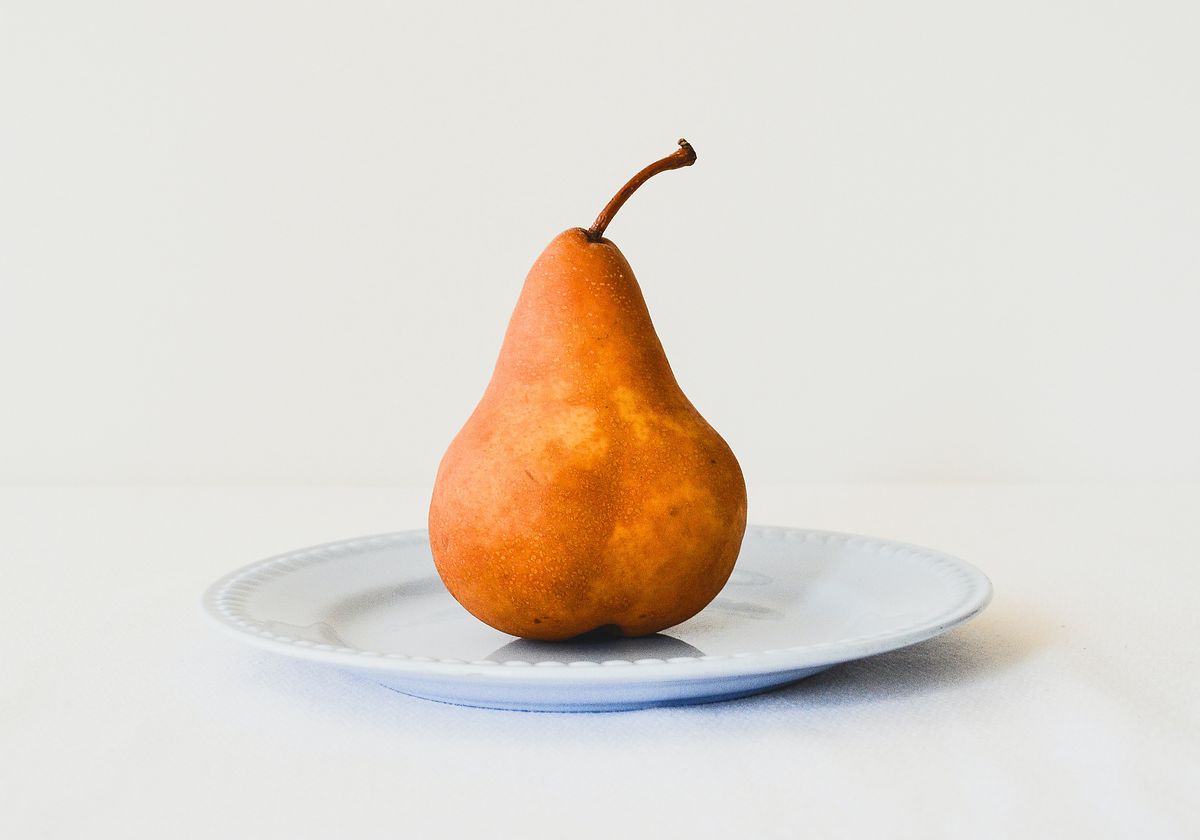If we could see more than what meets the eye, we would learn that humans are really nothing more than a clump of cells growing in a woman’s womb, roughly through three tubes.
The Cardiovascular System, or the first tube, runs through the middle of our body and develops into our heart. The Nervous System – the second tube – is more or less parallel to the cardiovascular tube, but along our backs. Finally, we come to the third tube, the gut, which runs through us from end-to-end.
Our intestinal tube – the gut – lays the foundations for what grows into our lungs, bladder, and pancreas. It is even involved in the construction of our mouth and oesophagus, which stores food in the stomach pouch before completing its journey eponymous intestine, or the gut.
The gut is a complex organ that will be broken down over a series of newsletters. In today’s newsletter, we are going to tell you what your faeces says about your gut health. The natural color of our feces ranges from yellowish-brown to brown. Here’s what the colors mean:
Light brown to Yellow: This color may be the result of a harmless disorder called Gilbert’s syndrome in which one of the enzymes involved in breaking down the blood works at only 30% efficiency, so less pigment finds its way into the gut. This affects about 8% of the population. People with Gilbert’s syndrome have a reduced tolerance for paracetemol.
Light brown to Grey: This could be a result of a block in the connection between the liver and the gut due to a kink in the tubes or by pressure (usually behind the gall bladder). No blood pigment can make it into the faeces. We recommend you consult a doctor if you are experiencing this.
Black or Red: Congealed blood is black and fresh blood is red. The color in this case is due to the presence of entire blood corpuscles.
Email us all your feedback so we can improve and help you find the best information on health and wellness topics of your choice. Content sourced from Guilia Enders’ The Inside Story of Our Body’s Most Under-rated Organ: GUT.
